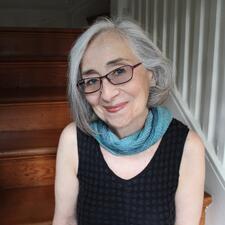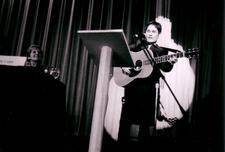Religion: Prayer
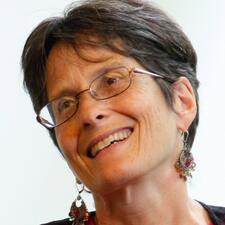
Sharon Cohen Anisfeld
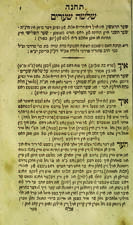
Sarah Bas Tovim
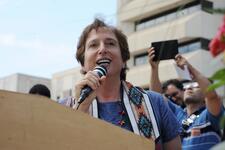
Deborah Brin
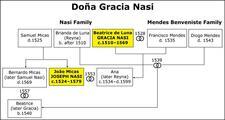
Conversas
After the establishment of the Inquisition in 1478, observance of crypto-Judaism became dangerous and more difficult. Women were at the center of Judaizing efforts, since the home was the only remaining institution in which one could observe Jewish law. Crypto-Jewish women most frequently observed the Sabbath and dietary laws.
Dulcea of Worms
Dulcea of Worms was the wife of Rabbi Eleazar ben Judah of Worms, a major rabbinic figure. They were part of the elite leadership class of medieval Germany Jewry. Eleazar’s account of Dulcea’s murder in 1196 is an important source for the activities of medieval Jewish women.

Esther: Apocrypha
The Greek Additions to the Hebrew Bible’s Book of Esther were probably written over several centuries and contradict several of the details from the Hebrew text. Generally, the Additions are more dramatic and ultimately portray Esther as stereotypically weak and helpless, even though parts of her weakness and femininity ultimately help save her people.

Festivals and Holy Days
According to halakhah, women are responsible for obeying all of Judaism’s negative commandments and for observing most of the positive ones, including the Sabbath and all of the festivals and holy days of the Jewish year. In some instances, however, male and female obligations on these days differ.

Louise Glück
Louise Glück, American poet, essayist, and educator, was the recipient of the 2020 Nobel Prize in Literature, as well as numerous other awards for her writing; she also served as poet laureate of the United States from 2003 to 2004. One finds the personal, the mythological, and the Biblical woven intricately throughout Glück’s oeuvre.

Rose (Berman) Goldstein
An early advocate of increased rights and responsibilities for women in Jewish life, Rose Goldstein was a prominent leader in the National Women’s League of the United Synagogue of America. She published a book detailing her relationship between scripture and her own self-understanding in 1972.
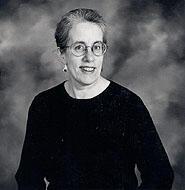
Maralee Gordon
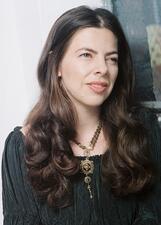
Jill Hammer
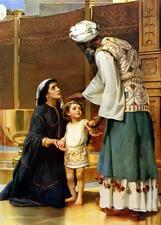
Hannah: Bible
Hannah, the second and barren yet preferred wife of Elkanah, promises to return her child to YHWH if he grants her a son. Her prayers are answered, and she follows through on her pledge to YHWH. Hannah’s narrative emphasizes the importance of fertility and childbirth in Israeli artistic narratives and presents a portrayal of an independent and resourceful woman.

Hannah: Midrash and Aggadah
Hannah is depicted by the Rabbis as a righteous woman who was devout in her observance of the commandments and tested by God through her infertility. Her story is the basis for much of the rabbinic conception and rules of prayer.
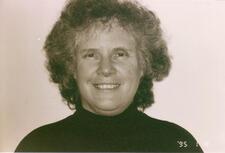
Rivka Haut
Leah Horowitz

Israeli Women's Writing in Hebrew: 1948-2004
Women writers faced many obstacles in the early years of modern Hebrew, but by the end of the twentieth century they had overcome marginalization to become a central part of the country’s literature. The achievements of women’s writing in Hebrew rank among the unquestionable triumphs of Israeli feminism.

Jewish Feminism in the United States
Challenging all varieties of American Judaism, feminism has been a powerful force for popular Jewish religious revival. The accomplishments of Jewish feminists have transformed American Jewish life, even as the ultimate goal of gender equity and shared power has yet to be fully realized.

Women, Music, and Judaism in America
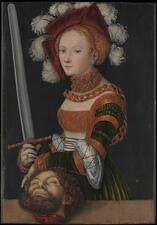
Judith: Apocrypha
The apocryphal book of Judith tells the story of an Assyrian invasion of Israel, led by a man named Holofernes. Judith, a widow in a besieged Israelite town, seduces and murders Holofernes, securing victory for Israel.
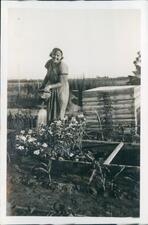
Kibbutz Ha-Dati Movement (1929-1948)
Beginning in 1929, the religious kibbutz (Kibbutz Ha-Dati) movement represented the confluence of progressive ideals of equality and collectivism and traditional customs of Judaism. As a result, women in the movement lived at a crossroads.
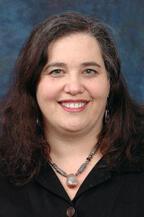
Lori Lefkovitz

Joy Levitt
Ludomir, Maid of
A series of traumatic events motivated the Maid of Ludmir to begin practicing male ritual Hasidic observances as a young adult, and she became renowned for her miracle-granting abilities. Although she was able to hold a position of religious power in the Hasidic community without the help of powerful Hasidic men in her family, her story ultimately upholds gender expectations.

